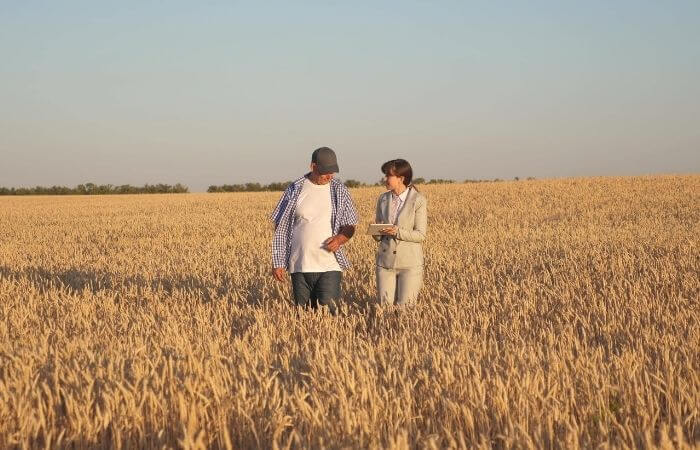While still lower than a year earlier, farm income in the third quarter improved from the second quarter, according to the latest Federal Reserve District Ag Credit Survey.
The December U.S. Department of Agriculture (USDA) forecast for 2020 projects net farm income to increase from $36 billion (43%) to $119.6 billion, the third year in a row of increases. A late summer and fall rally in corn and soybean prices, along with a second round of payments to farmers tied to the Coronavirus Food Assistance Program (CFAP 2), contributed to the improved ag financial picture and to a more optimistic outlook among farmers. Direct government farm payments are forecast to more than double in 2020 from 2019, thanks to COVID-19- and trade-related assistance.
Indeed, 25% of respondents in the Purdue University-CME Group Ag Economy Barometer survey in October said their farm was better off financially now than at the same time last year. That’s the most positive response since the survey began in 2015 and up 11 points from September. Will the optimism last?
“A lot of farm income this year was based on government income, but once those programs run out, income will decline,” Newberry said. Some of the big questions for the 2021 ag lending outlook will be what government assistance is provided and whether distribution channels are operational.
A late summer and fall rally in corn and soybean prices, along with a second round of payments to farmers tied to the Coronavirus Food Assistance Program (CFAP 2), contributed to the improved ag financial picture and to a more optimistic outlook among farmers.
Lenders saw higher farm loan delinquency rates in the first quarter, and ag lending activity slowed in the second quarter, in part, due to farmers receiving loans through the Paycheck Protection Program and other government assistance.
And even though both income and credit conditions remained weak in the third quarter, loan repayment rates improved from the second quarter, and farmland values “generally remained strong across all regions,” according to the Federal Reserve District Ag Credit Survey.
Farm sector debt in 2020 is projected to rise 4% to $435.2 billion, including a 6% increase in ag real estate debt, according to the December USDA farm sector income forecast. Farm assets, about 82% of which are real estate, are forecast to increase 1.5% to $3.12 trillion.
Lenders recently surveyed by the American Bankers Association and Farmer Mac were understandably focused on producer challenges and the impact on ag credit in 2021.







